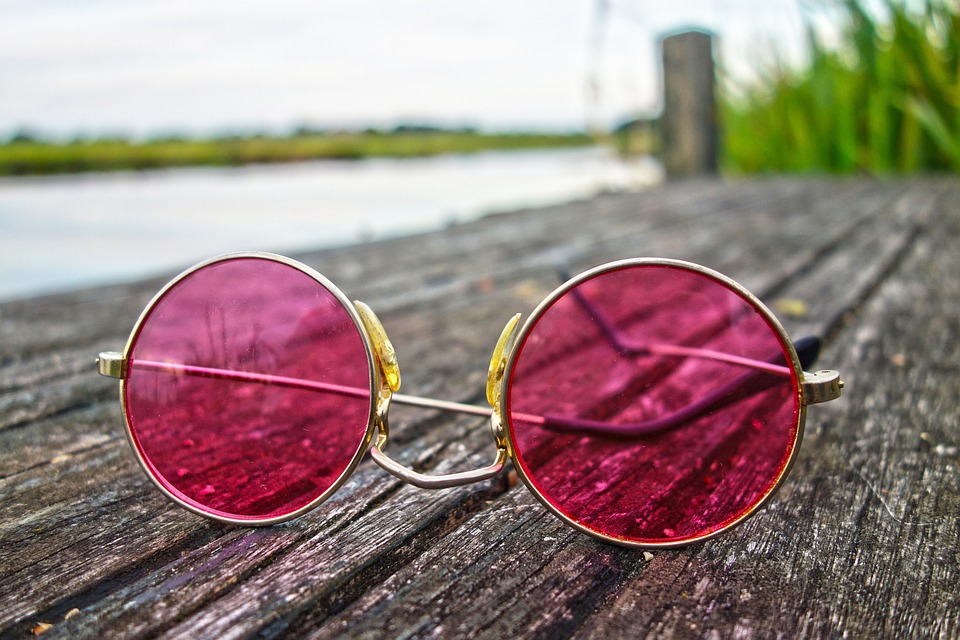In a world dominated by fast fashion, vintage clothing offers a sustainable and unique alternative. Shopping for vintage clothes not only allows you to express your individual style but also contributes to a smaller carbon footprint. However, diving into the vintage fashion realm can be daunting for beginners. This comprehensive guide aims to ease that transition, providing you with the know-how to find high-quality, timeless pieces.
Why Choose Vintage?
Before delving into the intricacies of shopping for vintage clothing, it’s essential to understand the numerous benefits it brings:
- Sustainability: Vintage clothes are an eco-friendly choice, reducing waste and the demand for new resources.
- Uniqueness: Vintage items often feature unique styles and better craftsmanship than contemporary fast fashion.
- Value for Money: While some vintage pieces can be pricey, they generally offer better durability, making them a worthwhile investment.
Pre-Shopping Preparation
To make your shopping experience smooth and productive, consider the following:
- Know Your Measurements: Sizes have changed over the decades. Bring a measuring tape and your measurements for bust, waist, hips, and height.
- Research: Gain a basic understanding of different eras. Recognizing fashion timelines helps you identify the style that resonates with you.
- Budget: Vintage shopping can be addictive. Set a budget to keep your spending in check.
- Occasion: Consider why you’re shopping. Are you seeking daily wear, something for a special occasion, or pieces to add to a themed collection?
Where to Shop
- Thrift Stores: A treasure trove for affordable vintage finds, albeit requiring time to sift through.
- Vintage Boutiques: Specialize in curated pieces but may come with a steeper price tag.
- Online Platforms: Websites like Etsy, eBay, Poshmark, and specialized vintage wear sites offer extensive selections.
- Flea Markets and Estate Sales: These can yield rare finds but require patience and negotiation skills.
- Consignment Shops: These offer high-quality, authenticated pieces, often in pristine condition.
What to Look For
1. Condition
- Inspect for rips, stains, odors, and wear.
- Be realistic about what can be repaired.
- Avoid anything with extensive damage or fragile fabric unless you’re willing to invest in restoration.
2. Fabric and Quality
- Vintage clothing often uses higher quality fabrics.
- Natural fibers like cotton, wool, and silk are great finds.
- Polyester can be risky as it may not have aged well over the decades.
3. Tags and Labels
- Familiarize yourself with old brand labels to identify true vintage pieces.
- Tags can help place items in their correct era and authenticate their vintage status.
4. Authenticity
- Check for union labels, specific zippers, and button types that indicate period authenticity.
- Research specific guidelines for identifying pieces from different decades.
5. Fit and Alterations
- Don’t shy away from items that might need slight alterations.
- Vintage pieces may lack size flexibility, so ensure you’re comfortable in what you choose.
- A good tailor can turn a great find that doesn’t quite fit into a perfect one.
Era-Specific Tips
Each fashion era has distinct characteristics; knowing these can refine your search:
1920s
- Look for dropped waist dresses, beaded garments, and flapper styles.
- Materials include silk and chiffon.
1940s
- Women’s clothing often features shoulder pads, nipped waists, and A-line skirts.
- Fabrics are more utilitarian due to wartime constraints.
1950s
- Think fitted waists, full skirts, and classic pinup styles.
- Look for day dresses and circle skirts made of cotton or wool blends.
1970s
- Bohemian styles, high-waist jeans, and flowing maxi dresses define this era.
- Check for materials like polyester and suede.
Tips for a Successful Shopping Experience
1. Take Your Time: Vintage shopping is about patience and exploration. Rushing will likely result in missed gems.
2. Be Open-Minded: Sometimes, unexpected finds can become your favorite pieces. Try on different styles and eras.
3. Engage with Sellers: Inquire about the history of items. Sellers often have intriguing backstories that add value to your purchase.
4. Check Return Policies: Especially when buying online, understand the return policy. Some vintage shops do not accept returns, making it crucial to verify fit and quality.
5. Prioritize Hygiene: Wash or dry clean your finds before wearing, as vintage pieces can harbor dust, fragrances, or minor stains.
6. Combine with Modern Pieces: To balance your look, integrate vintage items with your contemporary wardrobe.
Conclusion
Vintage shopping is an adventure in style, sustainability, and history. While it might require more effort than buying new clothes, the rewards are multifaceted. Armed with this guide, you can navigate the vintage marketplace with confidence, making informed choices that elevate your wardrobe and honor the past. So, dive into the world of vintage fashion and discover the unique pieces that tell your story.


